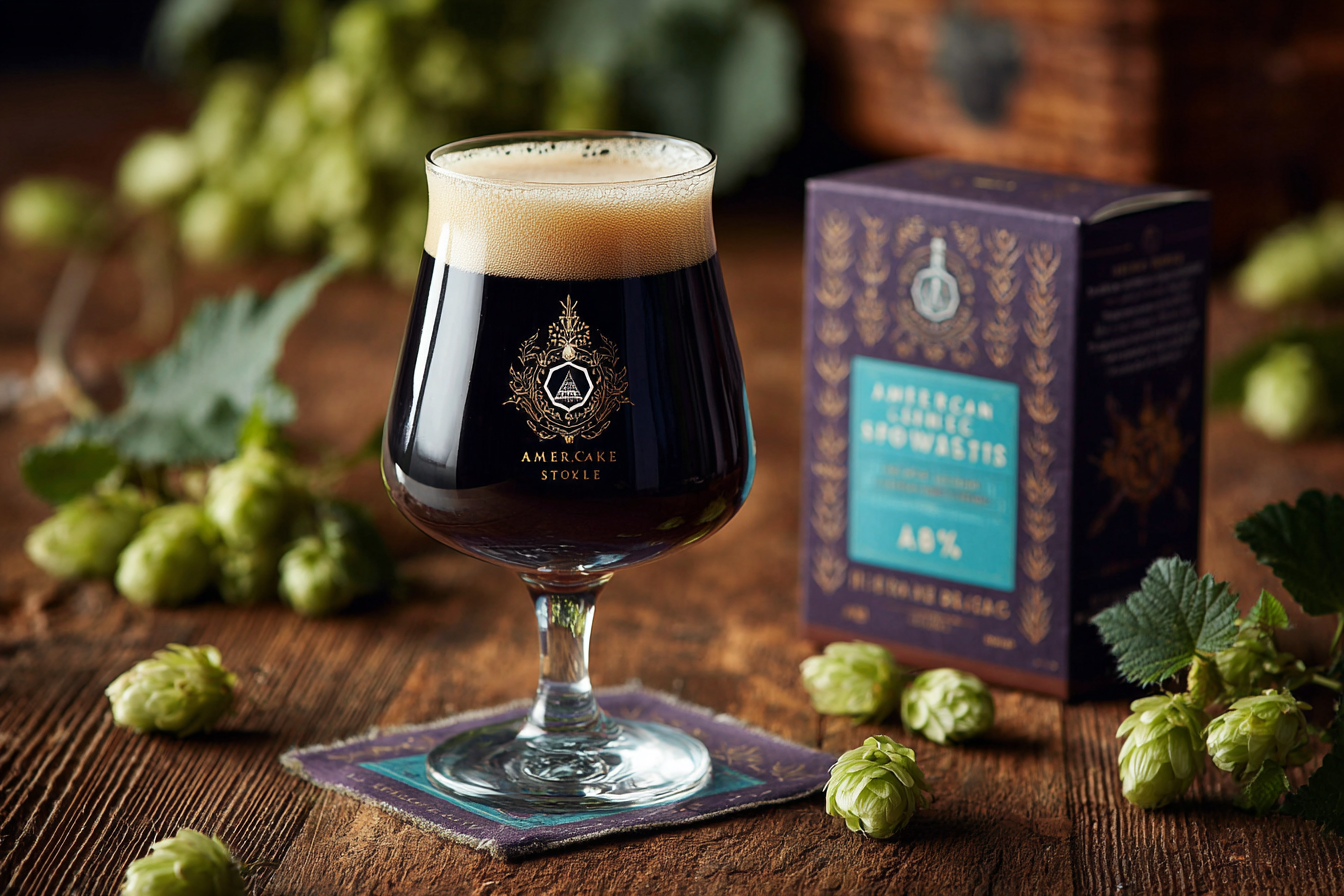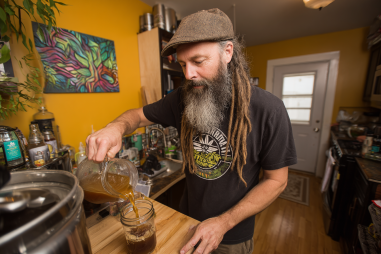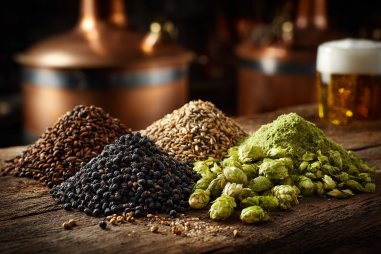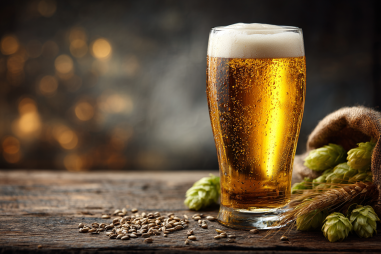When it comes to appreciating different beer styles, alcohol content is a key factor that can influence not just the strength but also the overall drinking experience. American Strong Ale is a fascinating example of a beer style that prides itself on having a notably higher alcohol content than many other ales. This style showcases what happens when brewers push the boundaries of fermentation, resulting in a robust, flavorful beer with a pleasingly powerful kick. In this article, we’ll explore what drives the alcohol levels in American Strong Ale, what you can expect when enjoying one, and how its strength shapes the beer’s character.
Understanding Alcohol Content in Beer
Alcohol content in beer is typically measured by Alcohol By Volume, or ABV. ABV indicates the percentage of pure alcohol in a beverage relative to its total volume. For example, a beer with an ABV of 6% means that 6% of the beer’s volume is pure alcohol. This figure gives drinkers an idea of how strong the beer is and can help guide responsible consumption.
The alcohol content in beer results from yeast metabolizing fermentable sugars derived from malted grains. The more sugars available, and the more efficient the yeast, the higher the potential alcohol content. However, other factors such as the brewing process, temperature control, and style guidelines all play a role in determining the final ABV.
Typical ABV Range for American Strong Ale
American Strong Ale is known for pushing the envelope when it comes to strength. Typically, this style falls within the 7.5% to 10% ABV range. Some versions may even approach or exceed 12%, depending on the brewer’s recipe and technique. This puts American Strong Ale distinctly above standard ales like American Pale Ale, which usually hover around 5% to 6%, and even above many typical amber or brown ales.
The higher alcohol content is a defining characteristic, but that strength is carefully balanced by rich maltiness and often a robust hop presence. This balance makes the beer drinkable and flavorful rather than just overly boozy. The ABV level also signifies that American Strong Ale is often enjoyed more like a sipping beer, suited for slower drinking occasions where its complexity can truly be savored.
Factors Influencing Alcohol Levels
Several factors come into play when determining the alcohol content of an American Strong Ale:
- Malt Bill and Sugar Content: A generous amount of malt provides a high concentration of fermentable sugars for the yeast to convert into alcohol. Brewers often use rich malts such as caramel or chocolate malts to enhance flavor complexity while maintaining fermentable sugar levels.
- Yeast Strain: The yeast used must be capable of tolerating higher alcohol levels to achieve a stronger beer. Some highly attenuative yeast strains can ferment more sugars and survive in a greater alcoholic environment, driving ABV higher.
- Fermentation Process: Controlling fermentation temperature and time ensures that yeasts work efficiently and that lots of sugars are converted without producing undesirable off-flavors. Extended fermentation or conditioning can also impact alcohol content.
- Brewing Techniques: Techniques such as adding adjunct sugars or using high gravity brewing methods allow brewers to create a denser wort, yielding more alcohol after fermentation.
Each of these factors is meticulously balanced to craft an American Strong Ale that has strong alcohol content but remains smooth, flavorful, and complex.
Impact of Alcohol on Flavor and Mouthfeel
Alcohol is more than just a number on the label—it directly affects how a beer tastes and feels. In American Strong Ale, the higher ABV plays a crucial role in shaping the sensory profile:
- Warmth and Body: The elevated alcohol lends a warming sensation as you sip, which complements the rich malt backbone beautifully. This warmth can add to the cozy, comforting nature of the beer, especially appreciated in cooler weather.
- Sweetness and Balance: High alcohol can sometimes bring a perceived sweetness or a slight boozy character. However, skilled brewers balance this with a robust malt profile and hops to keep the beer harmonious and layered in flavor.
- Fullness and Mouthfeel: Higher alcohol beers like American Strong Ale tend to have a fuller, more viscous mouthfeel. This adds to a satisfying drinking experience and helps carry the complex flavors through the palate.
- Complex Aromatics: The alcohol framework also enhances aroma compounds in the beer, allowing for notes of caramel, dark fruit, spices, or roasted malt to shine through.
This interplay ensures that the stronger alcohol content makes the beer richer and more intricate rather than overpowering or harsh.
Comparing the Alcohol Content with Other Ale Styles
To fully appreciate the strength of American Strong Ale, it helps to compare it with other popular ale styles:
- American Pale Ale: Usually 4.5% to 6.2% ABV, these beers are lighter and more hop-focused, with less malt sweetness and a lower alcohol presence.
- Amber Ale: Typically ranges from 4.7% to 6.2% ABV, moderate in maltiness with a balance of sweetness and hops, but still much lower in alcohol than strong ales.
- India Pale Ale (IPA): Often between 5.5% and 7.5% ABV, IPAs lean into hop bitterness and aroma and can sometimes overlap with the lower end of American Strong Ale ABVs.
- Barleywine and Imperial Ales: These styles generally have ABVs between 8% and 12% or more and are close relatives of American Strong Ale, often sharing a similar strength but with varying flavor profiles.
American Strong Ale carves out a niche by melding bold malt character and hop complexity with mid-to-high strength, creating a balanced, robust beer that stands out from both lighter ales and the ultra-strong, sometimes heavy barleywines.
Responsible Drinking Considerations
With its elevated alcohol content, American Strong Ale requires drinkers to be mindful of responsible consumption. Though the depth of flavor can encourage savoring the beer slowly, the higher ABV means it can have a more potent effect than lighter styles. Here are some tips for enjoying American Strong Ale safely:
- Moderation is Key: Limit yourself to one or two servings and pace yourself over time to avoid overconsumption.
- Pair with Food: Enjoying American Strong Ale with a meal can help slow alcohol absorption and enhance your overall experience.
- Know Your Limits: Be aware of your personal tolerance, and avoid mixing strong beers with other alcoholic beverages.
- Avoid Driving: Never drive after consuming beers with higher alcohol content.
By treating American Strong Ale as a special occasion beer meant for savoring, drinkers can enjoy its qualities without compromising safety or wellbeing.
What Sets American Strong Ale’s Strength Apart
American Strong Ale’s alcohol content is truly a defining feature that sets it apart from many other ales. The typically high ABV, ranging from around 7.5% to potentially over 10%, delivers more than just strength—it’s a cornerstone of the beer’s rich, intense character. The interplay of bold malt flavors, noticeable hop presence, and a warming alcoholic punch creates a complex, memorable drinking experience that appeals to beer lovers seeking more than the standard sessionable brew.
Unlike lighter ales where alcohol is often subtle, American Strong Ale embraces its potency with finesse. Its strength invites slower, more thoughtful consumption, making it a great style for those moments when you want to unwind and appreciate flavor depth. Whether you’re pairing it with hearty foods or simply enjoying it on its own, the elevated alcohol content is integral to what makes an American Strong Ale truly special.
So next time you’re exploring beer options, consider American Strong Ale not just for its strength, but for how that strength shapes a rewarding and spirited beer experience.







